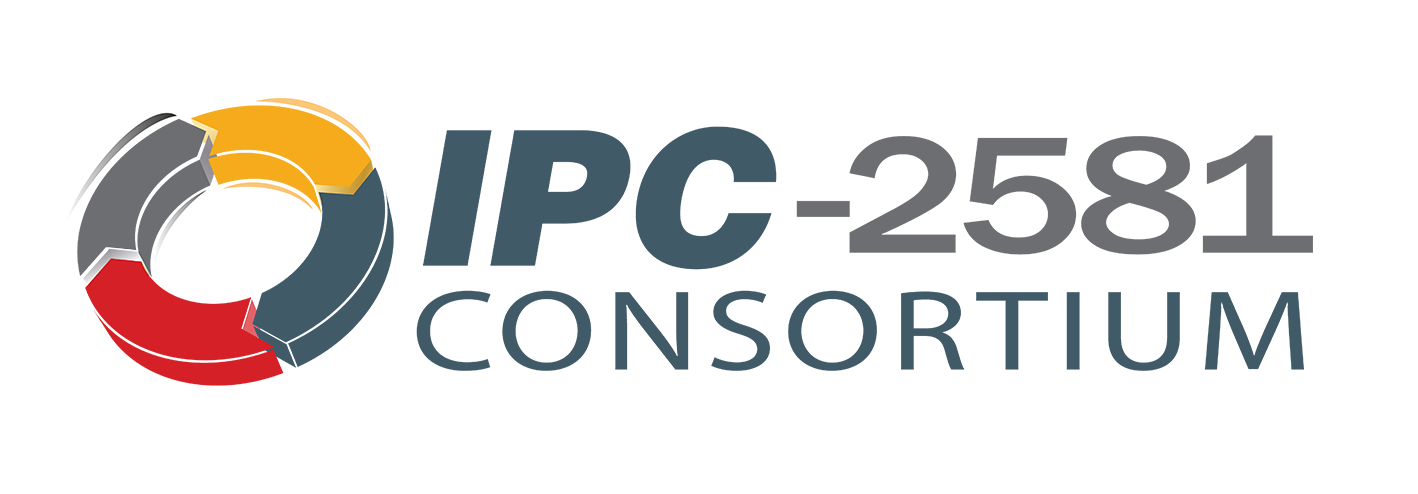BOLTON, MA – Electronic data transfer formats, vital as they are, are guaranteed to elicit yawns, if not outright derision, from users. But that history isn’t deterring an industry task group from attempting to tackle the now three-decades-old problem of unintelligent schematic files.
Three standards are generally used for data transfer: OBD++, which is favored by fabricators; IPC-2581 (formerly GenCAM), which is more common at the assembly and test level; and Gerber, the age-old format that dominates the discussion and which most companies despise for its lack of intelligence, but no one seems able to kill.
Mentor Graphics’ (mentor.com) acquisition last year of Valor, the author of ODB++, has affected the industry outlook for that format. Mentor has no plans to cease support for ODB++, the company told PCD&F. Some users, however, are calling for greater use of the IPC standard, in part to hedge against other formats becoming obsolete as new technologies are introduced.
IPC-2581, which was published in February 2004, is an industry consensus specification but is not altogether common for CAD-CAM file transfers. That might change soon, though, as major EMS companies and defense contractors such asSanmina-SCI and Lockheed Martin (lmco.com) are supporting recent efforts to update the standard.
The IPC task group charged with keeping the standard current met this week at the suburban Boston offices of DownStream Technologies(downstreamtech.com) to finalize the spec for industry review. Unlike past attempts such as IPC-D-350 and GenCAM, which often were hampered by vendor resistance, attendees think this effort might take hold because Gerber won’t accommodate new technologies.
“Today, even with embedded components, people are working around them to still use Gerber,” said DownStream president Rick Almeida. “The question is, how much complexity and pain is involved? The technology is pushing the standard. Embedded components are still cutting-edge, but they could be a limiting factor.” Added another task group member who asked not to be named, “We are moving to a data-centric world. We can no longer can have just markup or correct drawings. We have to be able to fix the data.”
Still, for the “A” revision of IPC-2581, the authoring task group is for now going after the lower-hanging fruit, opting to fix items such as polarity markings while saving the more complex changes for the next revision. “If you tried to tackle everything, you’re never going to get there,” said the task group member who asked not to be named. “So we needed to get to a 60 or 70% solution, then break off the next piece.”
IPC director Dieter Bergman, who has spent more than 30 years trying to improve data exchange between design and manufacturing, is keeping the task group’s near-term goals in perspective, especially given that the EDA vendors need time to validate the standard with their respective tools. “With standards there’s so many things people can bring up – and the tool providers need to do a lot of testing [for IPC-2581].” He hopes the document will be ready for publication by year-end.
What makes this go-around different from previous IPC attempts (IPC-D-350, GenCAM) is that some CAD tool vendors are actively participating in the effort. Among the attendees at the meeting were representatives from Sanmina-SCI (Sanmina-sci.com), LM Ericsson (ericsson.com), Cadence (cadence.com) and Zuken (zuken.com). Spurred by Lockheed, Zuken already offers IPC-2581 output in its current releases. “Lockheed asked for it, and they obviously are an important customer to us, director of product marketing Steve Chidester told PCD&F. “Our intention is to support IPC-2581.” Also, CAM provider DownStream has an IPC-2581 interface that integrates with Zuken based on the shape of the standard, and is in testing with Cadence as well.
Bergman is pushing the task group to ready the standard so that the tool suppliers can run their validations. He hopes to turn the draft into a finished document by year-end. “A draft will be ready for review at end of June. My goal is to get comments back by the end of July or the beginning of August. Theoretically, [after the task group holds its scheduled meeting in September], If we can get this done quickly, we could have a draft ready for balloting from that meeting and get this to press at the end of the year.
“The goal is to move this along quickly, let the consortium do some testing and next year start Revision B and go from there.”
Printed Circuit Design and Fabrication, 24 June 2011
